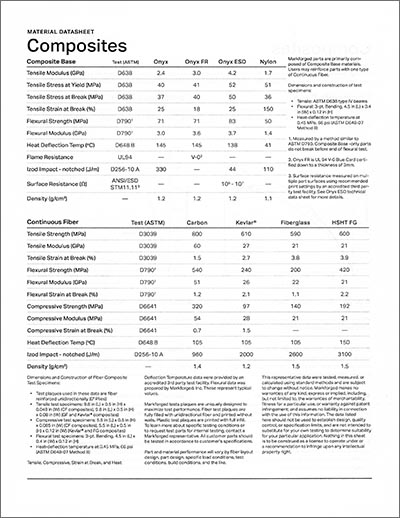Composites are extremely beneficial when making lightweight yet strong parts. The fibers add strength to a part without adding weight. There are two types of reinforcements, short fiber or continuous fiber.
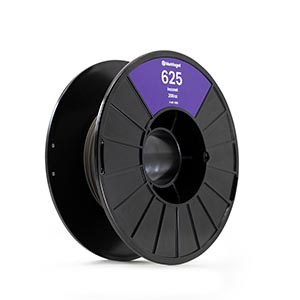
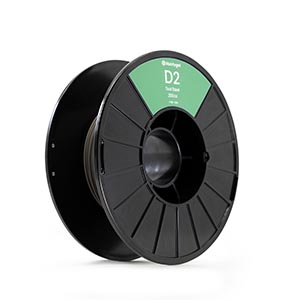
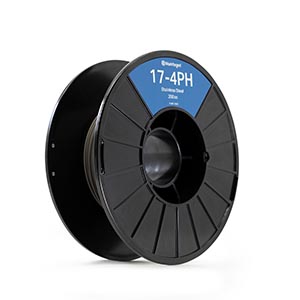
In the first case, chopped fibers, which consist of segments less than a millimeter in length, are mixed into traditional thermoplastics to increase the stiffness and to a lesser extent the strength of components. Chopped fibers can be mixed with thermoplastics such as nylon, ABS or PLA. Every manufacturer will add and blend a different amount of short fibers to its plastic polymer, resulting in filament spools of different strengths. You should also be aware that print quality will be impacted by the quantity of chopped fibers. Above a certain threshold, the 3D printed part will lose in surface finish.
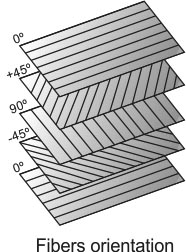
The highest performance comes from continuous fiber reinforcement. The process for making continuous fiber composites parts is not as easy as short fiber composites parts because the fibers need to be integrated into the thermoplastic continuously as the thermoplastic is being extruded. The fibers can also be deposited according to design techniques that optimize a part’s strength to weight ratio and material consumption, also known as DfAM (Design for Additive Manufacturing) techniques. Manufacturers claim that thanks to continuous fiber reinforcement you can create parts as strong as metal.
In terms of available fibers on the market, carbon fiber is without a doubt the most popular. Fiberglass, a common type of fiber-reinforced plastic using glass fiber and Kevlar, a heat-resistant and strong synthetic fiber, are also widely used in the industry. Fiberglass is a cost-effective material for adding strength to plastics and Kevlar has high shock resistance as it bends instead of breaking.
